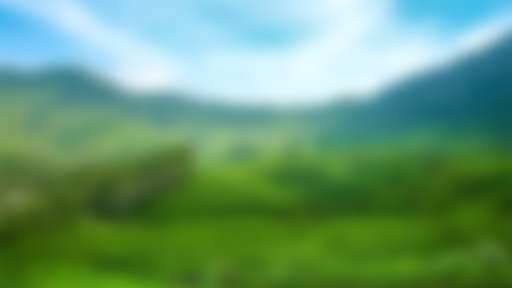
Sorry, we couldn't find anything that matches your search.
Destination

Famous Places to Explore in Hyderabad
A vibrant city with the imposing...

Raipur Tourist Places | Best Place to Visit
The stronghold of several erstwhile...

Ahmedabad
Declared as India's first UNESCO World...
#
A Paithani saree is a luxury in itself. It is distinguished by its feature of looking exactly the same on both sides, including the border and the pallu. This saree forms a part of the bridal trousseau in Maharashtra and does not lose its shine over time, unlike other silks. The basic colours that the saree comes in are sky blue, red, yellow, green, magenta and purple, with two dominating colours: one on the saree and the other on the border and the pallu.
This craft dates back to the Satvahana dynasty that ruled from the 2nd century BC to the 2nd century AD. Since it originated in Paithan, in Aurangabad, this fine silk handloom saree derives its name from the town itself. Paithani sarees rose to fame during the Mughal era, especially during the time of Aurangzeb. After suffering a setback during the advent of the British rule, the Peshwas revived the craft in the 17th century. In fact, they settled the weavers in Yeola, which is a hub for Paithani today.
The weaving technique is a lot like tapestry weaving. Once upon a time, the sarees were woven from silk threads that came from China and zari made locally from real gold and silver threads. Today, mulberry silk from Bangalore is used to weave these sarees along with zari from Surat. To craft a genuine six-yard Paithani, about 500 g of silk thread and 250 g of zari thread are used. For a nine-yard piece, the weight can rise up to 900 g.
For the process, raw silk threads are dyed with natural colours taken from minerals, plants, vegetables and rocks. These threads are then transferred to the reels and loaded onto the loom. The most laborious part of the process is the preparation of the loom, which takes about a day. This step determines the colour, design and other details of the product. The time taken to create a saree is about a month or two and involves careful coordination of hand, foot and eye. While one colour thread is used length-wise, another colour is used width-wise. This step enables the saree to reflect light off it and display a beautiful colour play. It appears as it the saree is almost changing its colour.







